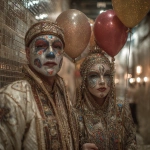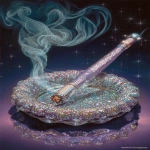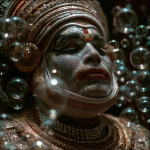Explore the Best AI Image Gallery
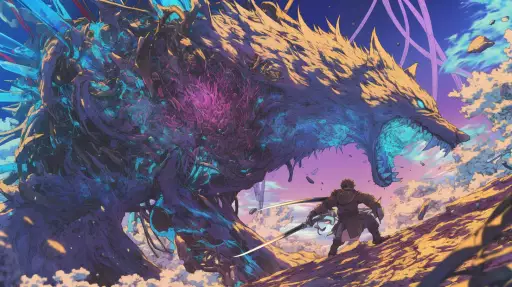
Beyond the Brush: AI-Generated Media and the Evolving Creative Landscape
The realm of creativity is undergoing a seismic shift with the advent of artificial intelligence (AI). AI-generated media, encompassing everything from text and images to music and video, is poised to revolutionize how we create, consume, and interact with art. While this technological leap offers exciting possibilities, it also raises profound ethical considerations that demand careful scrutiny.
A New Canvas: Exploring the Potential of AI-Generated Media
AI algorithms are capable of producing stunningly realistic and innovative content, often surpassing human capabilities in speed and scale. This opens up a plethora of applications across diverse creative industries:
- Art & Design: AI can assist artists in generating novel concepts, exploring different aesthetics, and creating personalized artworks. Imagine an AI tool that helps you design a unique tapestry based on your favorite poem or compose a symphony inspired by your emotions.
- Film & Animation: AI can automate tedious tasks like background generation, character animation, and special effects, enabling filmmakers to focus on storytelling and creative vision. Picture a world where personalized animated films are generated instantly based on user input.
- Music & Sound Design: AI can compose original music scores, generate sound effects, and even create unique vocal melodies. This empowers independent musicians to produce professional-quality audio content without extensive technical expertise.
- Advertising & Marketing: AI can personalize marketing campaigns by generating targeted visuals, copywriting, and audio content that resonates with specific audiences. Imagine ads that dynamically adjust based on your browsing history and preferences.
Navigating the Ethical Labyrinth: Challenges and Considerations
The transformative power of AI-generated media comes with a set of ethical challenges that require careful consideration:
- Copyright & Ownership: Who owns the rights to AI-generated content? Is it the creator of the AI algorithm, the user who inputs the prompt, or the AI itself? Establishing clear legal frameworks is crucial to address this complex issue.
- Bias & Discrimination: AI algorithms are trained on massive datasets that can contain inherent biases. This can result in AI-generated media perpetuating harmful stereotypes and discriminatory practices. Its essential to develop techniques for mitigating bias in AI training data and ensuring fairness in output.
- Job Displacement: The automation capabilities of AI may lead to job losses in creative industries. Governments and organizations need to invest in reskilling and upskilling programs to prepare the workforce for the evolving demands of the future.
- Authenticity & Misinformation: The ability to generate highly realistic content raises concerns about the spread of misinformation and deepfakes. Its crucial to develop tools and techniques for detecting AI-generated content and promoting media literacy among the public.
Shaping the Future: Responsible Innovation and Collaboration
The future of AI-generated media hinges on responsible innovation and collaboration. Here are some key steps to navigate this uncharted territory:
- Transparency & Explainability: Making AI algorithms more transparent and understandable can help build trust and accountability.
- Human-in-the-Loop Systems: Combining the creativity of humans with the capabilities of AI can lead to more innovative and meaningful outcomes.
- Ethical Guidelines & Regulations: Establishing clear ethical guidelines and regulations for the development and deployment of AI-generated media is essential.
- Education & Awareness: Raising public awareness about the potential benefits and risks of AI-generated media can empower individuals to make informed decisions.
AI-generated media has the potential to reshape the creative landscape, opening up new frontiers for artistic expression and innovation. By embracing a responsible and collaborative approach, we can harness the power of AI to create a future where technology and creativity thrive in harmony.


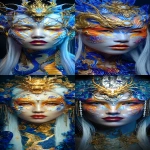


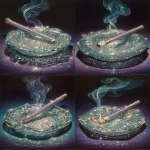

](https://images.ai-img.art/thumbnails/150/2fbd98ecfc425cfc1597779121e1c0305437067779e9c471eb64ff9615d5be98.webp)
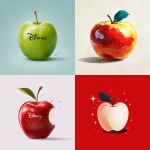

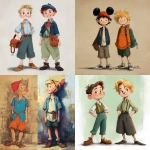

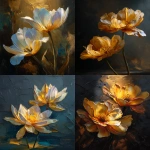
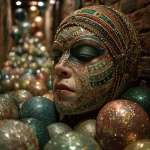
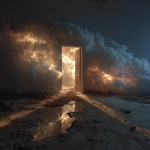

](https://images.ai-img.art/thumbnails/150/3020b8c2b6d9be07e042357107af1de10deb274a41d2b0f332684ad4b532a702.webp)

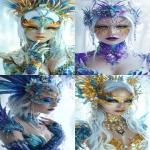
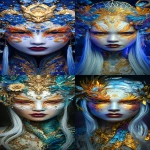

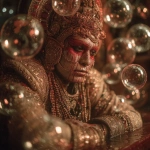


](https://images.ai-img.art/thumbnails/150/269414b0e541026702e9e67c67602c96162f37ff460a388b3b36314c8fc936dd.webp)
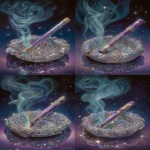
](https://images.ai-img.art/thumbnails/150/485c8b1c747827bdc9a962f8a1919b3c259b18dd263b260208a1eae19fb85e07.webp)

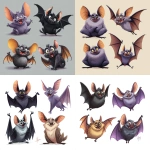
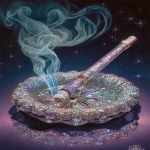
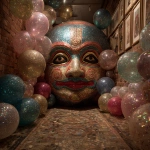
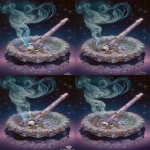



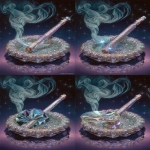

](https://images.ai-img.art/thumbnails/150/5197af8969d850e2a43e141d41e482ccbceedebceb2a4caf9f098f943f9d1b0f.webp)

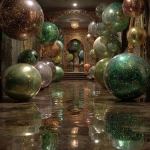


](https://images.ai-img.art/thumbnails/150/8d1fe5a7a49cfc96747182431a853357913286d89258383caab2d3b4681afcb5.webp)


